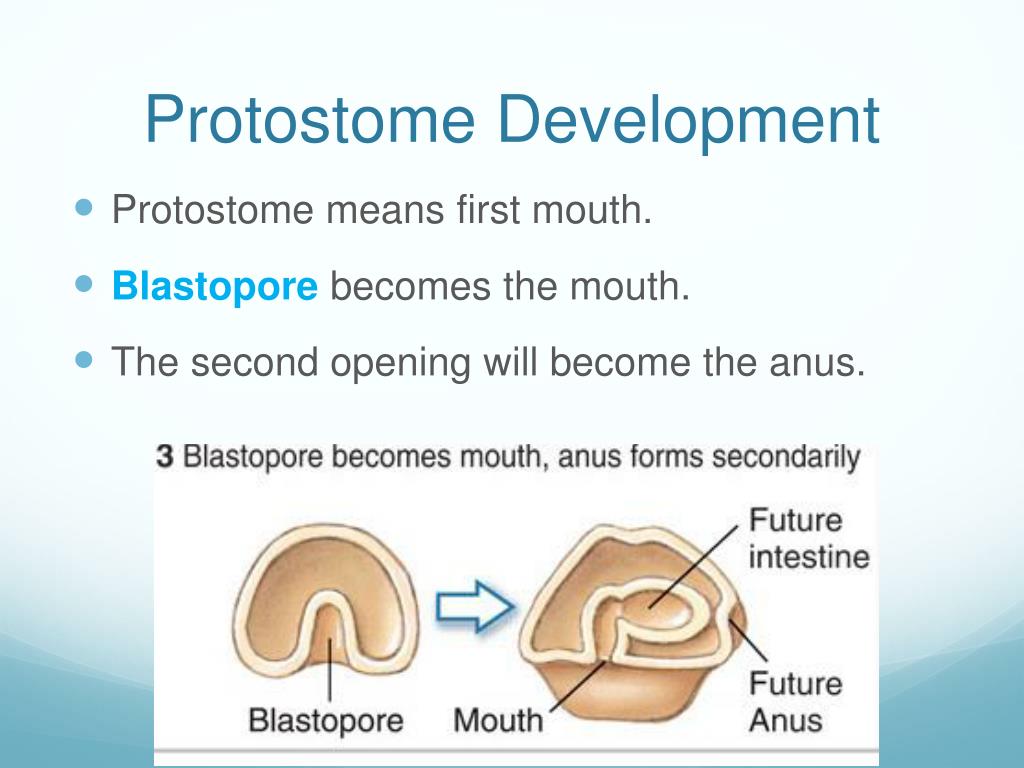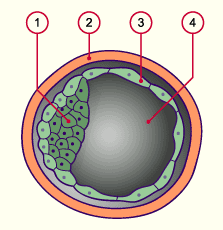
– Own work (CC BY-SA 3.It was possible to confirm this basic division of the animal kingdom into protostomes and deuterostomes by modern analyses used in molecular phylogeny. Image Courtesy:ġ.”Protovsdeuterostomes” By WYassineMrabetTalk✉This vector image was created with Inkscape. “Deuterostome.” Wikipedia, Wikimedia Foundation,, Available here. Reference:ġ.“.” Appointment, Available here.Ģ. The difference between protostomes and deuterostomes is mainly based on the fate of blastopore and cleavage during embryonic development. Protostomes and Deuterostomes are two groups of coelomates. In addition, cell development in protostomes is determinate. Archenteron forms in deuterostomes, but not in protostomes. Nerve cord in protostomes is ventral while nerve cord in deuterostomes is dorsal. Moreover, there is a difference between the two in terms of the formation of archenteron, nerve cord, as well as cell development. Furthermore, embryonic development occurs via spiral cleavage in protostomes while it occurs via radial cleavage in deuterostomes.īody parts of deuterostomes are more evolved and sophisticated than protosomes. In the former, the blastopore develops into the mouth while in the latter, the blastopore develops into the anus. The fate of blastopore is different in these two groups. Protostomes include many invertebrates while deuterostomes include echinoderms and chordates. What is the Difference Between Protostomes and Deuterostomes?

What are Deuterostomes?ĭeuterostomes are the animals whose embryonic development undergoes radial cleavage. The classification of these three groups is based on the data of the recent molecular studies on the embryonic development of protostomes. In addition, there are three major groups within protostomes: Superphyla: Ecdysozoa, Platyzoa, and Lophotrochozoa. Cells formed through the spiral cleavage are determinate, which means the fate of each cell formed is resolute. There are only very few groups such as Priapulids that do not have a coelom.Īnother most prominent characteristic of protostomes is that their embryos undergo spiral cleavage. Among most of the protostomes, the coelom is formed via splitting a solid mass of the embryonic mesoderm hence, they are called schizocoelomates. Protostomes include animals such as Platyhelminthes, Molluscs, Arthropods, Annelids, Nematodes, and many other lower phyla. In other words, the small pore formed during the embryonic developments becomes the mouth in the animals of this type.

Protostomia in Greek means the mouth first, as the blastopore eventually becomes the mouth in protostomes. Side by Side Comparison – Protostomes vs Deuterostomes in Tabular Form Similarities Between Protostomes and Deuterostomesĥ. They primarily differ in the way their mouth and anus are formed during embryonic developments. Protostomes and deuterostomes are the two main types of coelomate animals, and there are many differences between them.

It would be particularly important to consider animals with a coelom, which is a fluid-filled cavity lying between endoderm (gut) and mesoderm (mostly muscle layer) in other words, coelom is the peritoneum in mammals. In understanding these two terms it would be important to pay attention to how the embryonic development of organisms takes place. Another major difference is that embryos of protostomes undergo spiral cleavage while embryos of deuterostomes undergo radial cleavage. The key difference between Protostomes and Deuterostomes is that in protostomes blastopore becomes the mouth while in deuterostomes it becomes the anus.


 0 kommentar(er)
0 kommentar(er)
